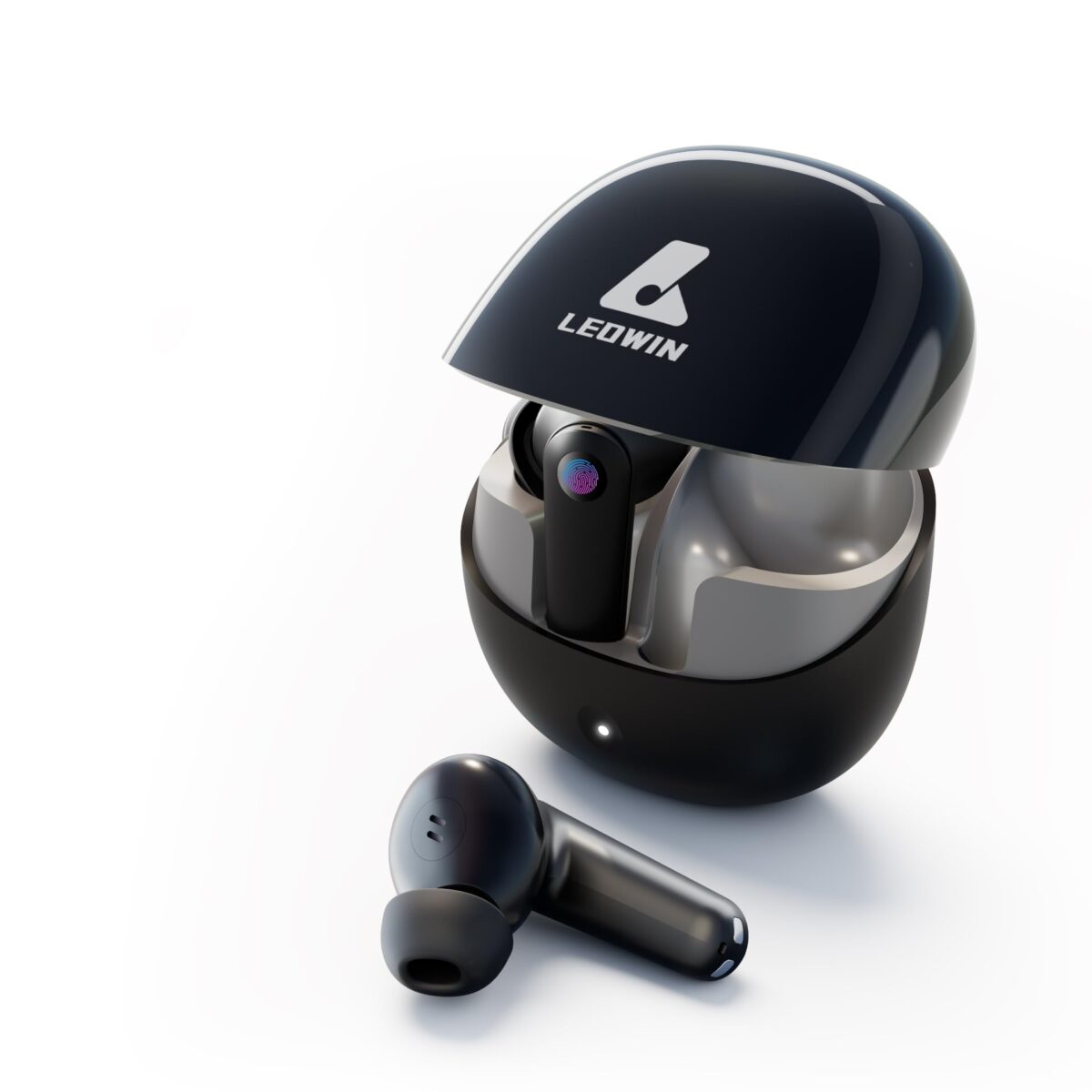Leowin Wireless Earbuds Review
We independently review everything we recommend. When you buy through our links, we may earn a commission which is paid directly to our Australia-based writers, editors, and support staff. Thank you for your support!
Leowin Wireless Earbuds, Bluetooth 5.3 Headphones Wireless Bluetooth Earphones with 4 Integrated Microphones for Clear Calls, ENC ANC Noise Cancelling, Transparent Mode, 40 Hours Battery Life










